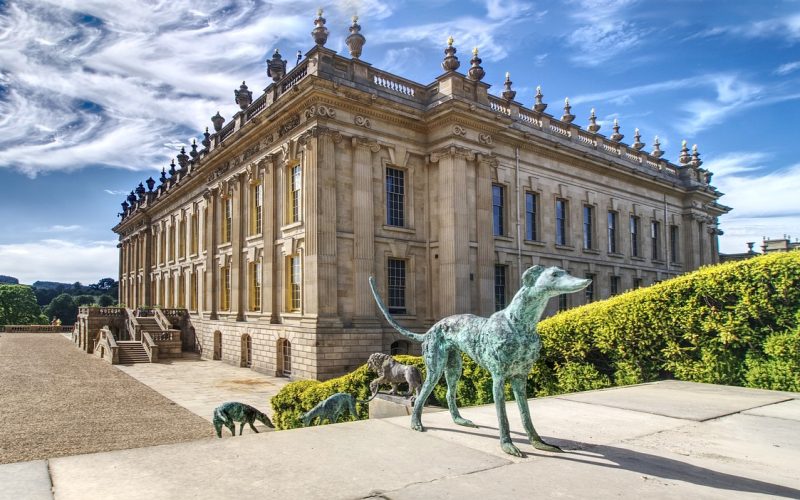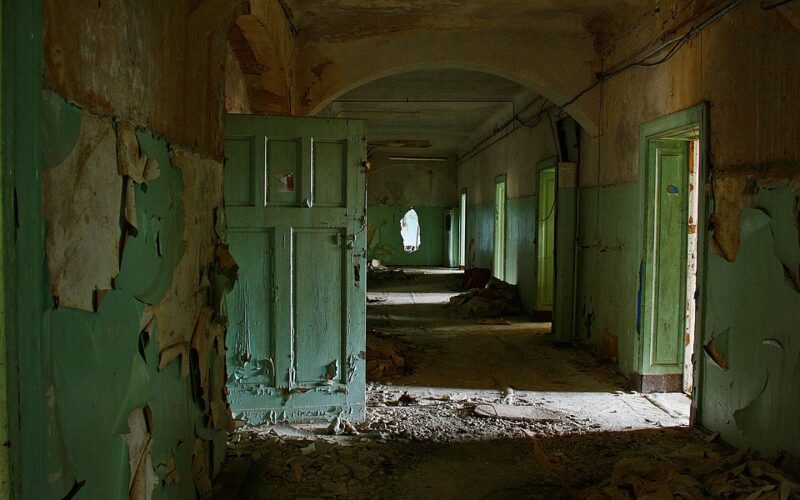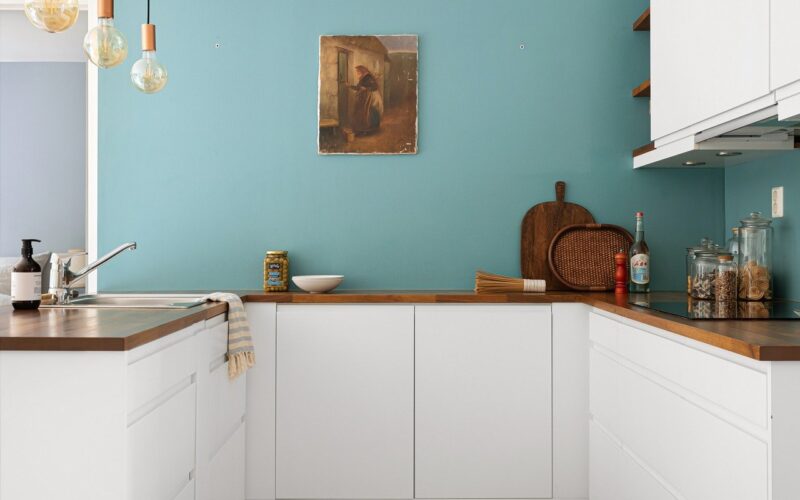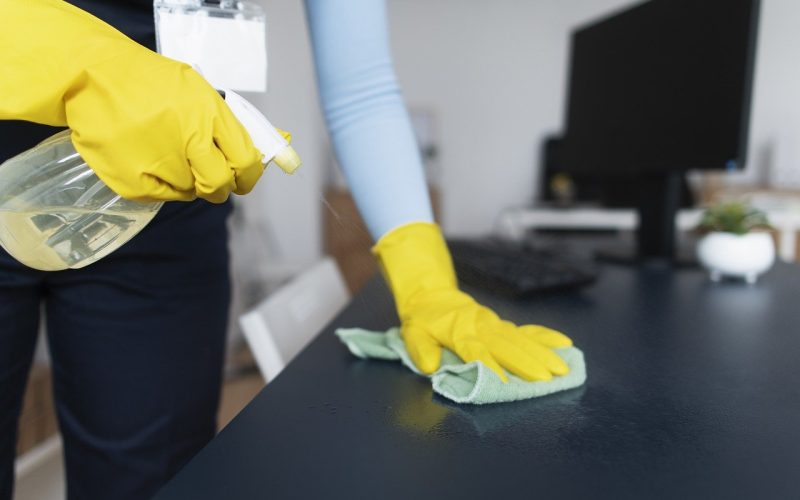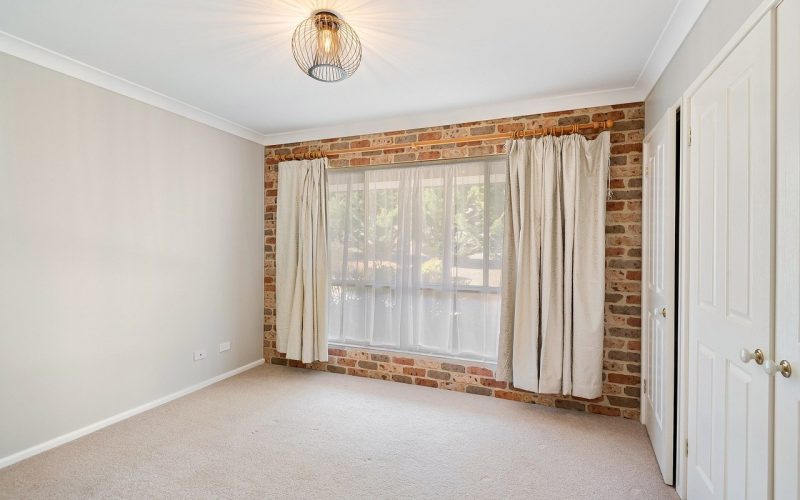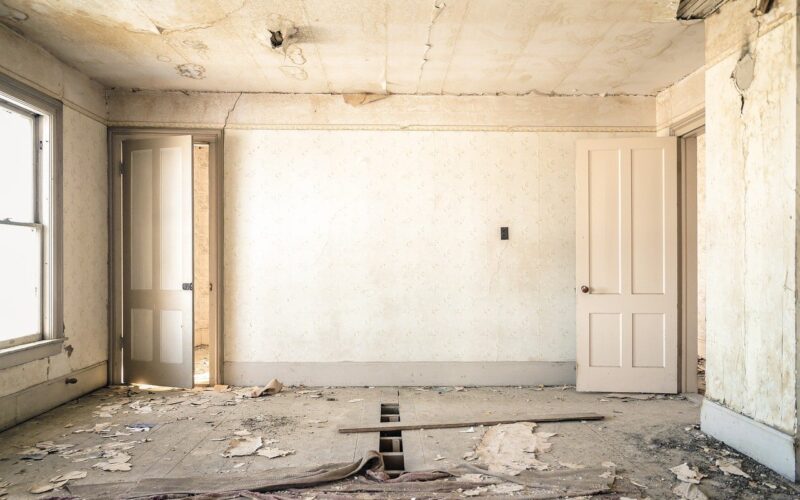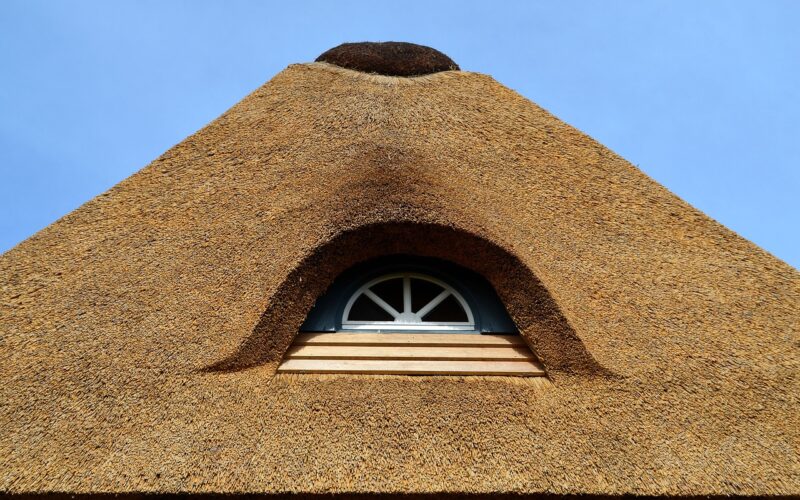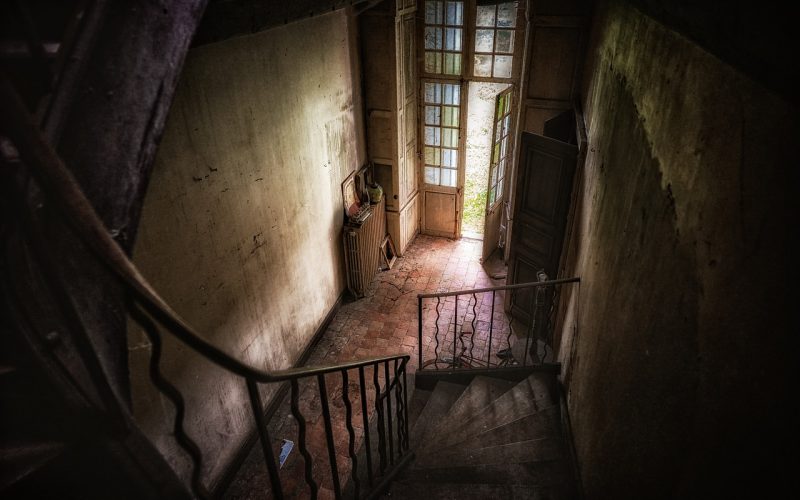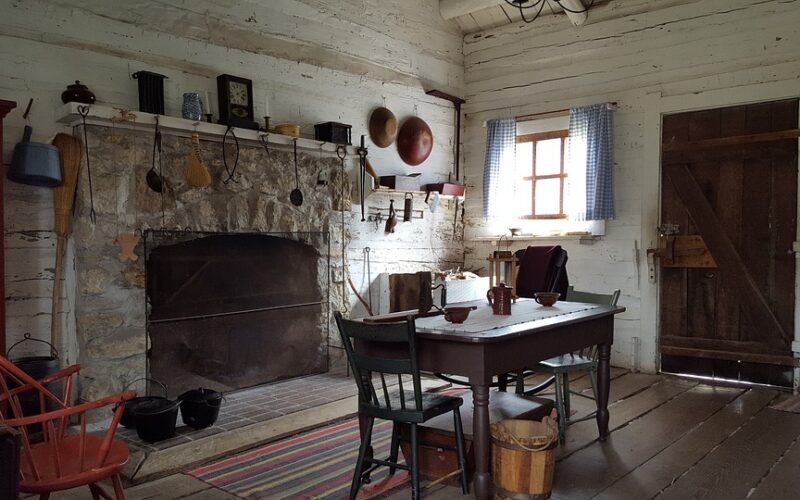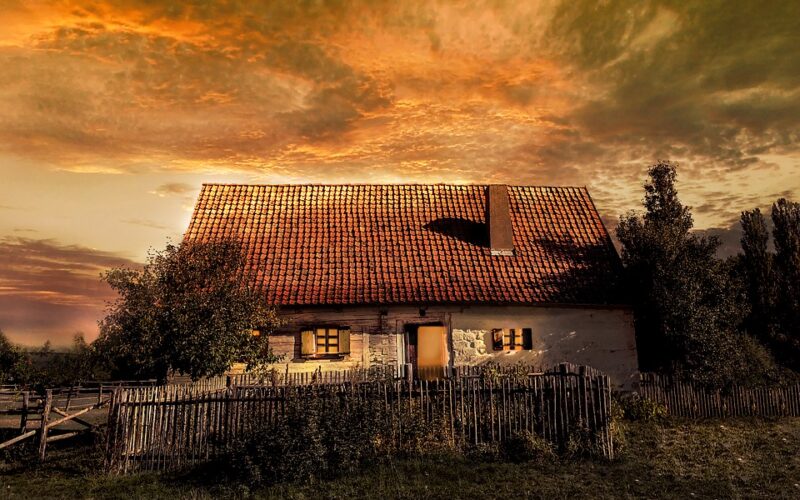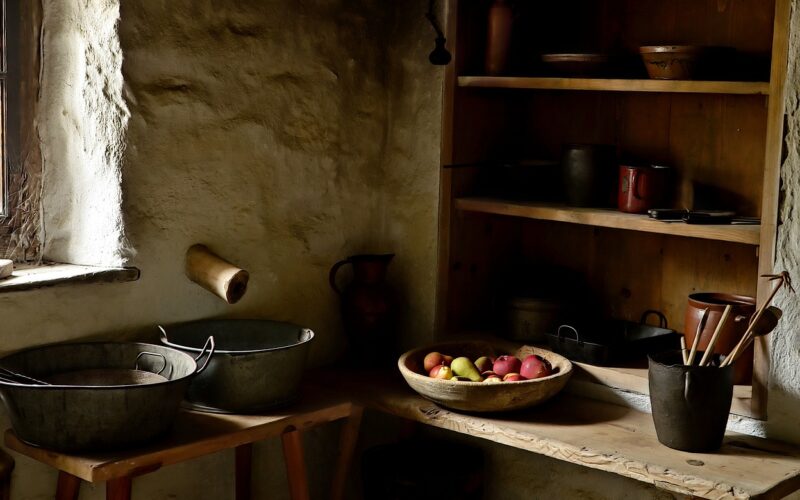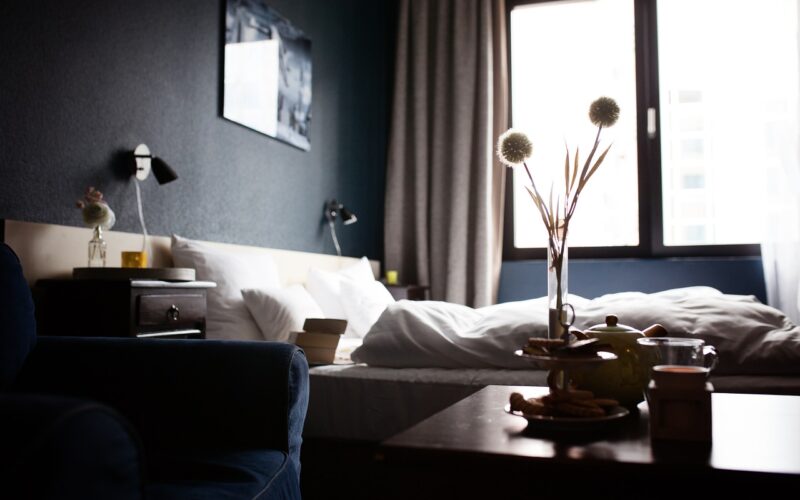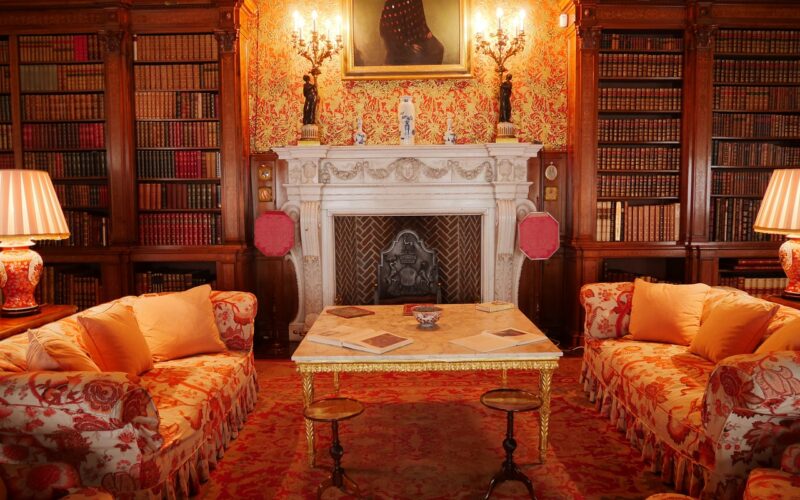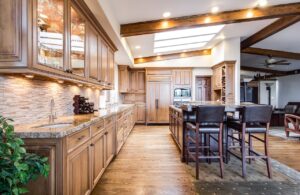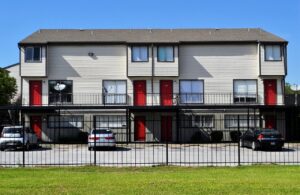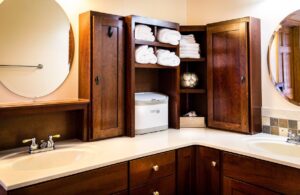Restoring an older house can be an incredibly rewarding project, bringing historic character to life while creating a beautiful space that stands out. However, turning a rundown property into a dream home is often fraught with challenges. From structural updates to modern conveniences like alarm systems, there are various considerations to keep in mind to avoid common missteps.
Overlooking hidden structural issues
One of the biggest pitfalls when restoring an older home is failing to address hidden structural issues. Older properties, while charming, can be riddled with problems like weakened foundations, rotting beams, or pest damage.
Before you start any cosmetic renovations, it’s crucial to have a professional inspection carried out by a structural engineer. This ensures you're fully aware of any costly repairs lurking beneath the surface. Addressing these foundational problems early in the process will save time, stress, and future expense.
Neglecting modern safety considerations
Many historic homes were built long before modern safety standards became mandatory. One major oversight in older homes relates to fire safety and security. Installing burglar alarms is essential to bringing your restored home up-to-date and protecting it from potential intrusions.
Modern alarm systems are designed to integrate seamlessly into older properties without disturbing the aesthetic you’re trying to preserve. Look for wireless solutions that can be installed with minimal disruption. Prioritising safety features like alarms during the restoration phase prevents last-minute scrambles later on and ensures peace of mind.
Underestimating costs and budget overruns
Restoration projects have a reputation for going over budget, particularly when unexpected issues crop up. Even with detailed planning, factors like hidden damp, outdated plumbing, or electrical wiring can inflate costs significantly.
It’s wise to allocate an additional 15-20% of your restoration budget for unforeseen expenses. Keep regular communication with contractors to ensure no surprise costs creep into the project. Having a well-prepared contingency fund can mean the difference between completing your restoration or leaving projects unfinished.
Trying to do everything yourself
The temptation to go the DIY route is strong, especially when restoring a home you deeply care about. While rolling up your sleeves can save money, overestimating your skills or available time can lead to costly mistakes. Tasks like tiling or painting may be feasible, but major jobs such as electrical rewiring, installing alarm systems, or repairing structural damage should always be left to professionals.
Partnering with the right experts in renovation, restoration, and security installations ensures you don't cut corners on elements that require precision. Their skills can help preserve the character of your home while still achieving modern functionality.
Not preserving original features
A key reason for restoring an older home is its period charm, often preserved through stunning architectural details. Whether it’s original mouldings, fireplaces, or stained glass windows, it’s surprising how often people remove these features in favour of a "modern" look.
Instead of stripping the home of its uniqueness, liaise with preservation specialists or contractors experienced in heritage properties. They can help restore original craftsmanship and incorporate it into the updated design. Balancing authentic character with practical improvements is the hallmark of a successful restoration.
Forgetting about energy efficiency
Older homes have a tendency to be draughty and expensive to heat, which often stems from outdated insulation or single-glazed windows. Without upgrading energy efficiency, you could end up with escalating utility bills post-renovation.
Consider adding energy-efficient solutions like double glazing, modern heating systems, and insulation to your restoration plans. Upgrades like these also integrate seamlessly with modern smart home solutions, such as energy monitoring or climate control systems that sync with advanced alarm systems.
Ignoring subtle modern upgrades
Restoring a period property doesn’t mean you need to forgo modern amenities entirely. Subtle additions like underfloor heating, smart lighting, and hidden burglar alarms can improve comfort and security without disrupting the vintage aesthetic.
Take advantage of technologies available today to streamline daily life in your updated home. For instance, smart alarms not only provide protection but also allow you to control your security system remotely via smartphone, ensuring even greater convenience.
Restoring an older house is no small task, but with the right planning and careful decisions, the rewards are unmatched. By addressing structural issues, prioritising safety with burglar alarms, and carefully balancing modern functionality with period charm, you’ll achieve a home that’s both beautiful and practical.

